Share This
Videos and Photos27 April 2016
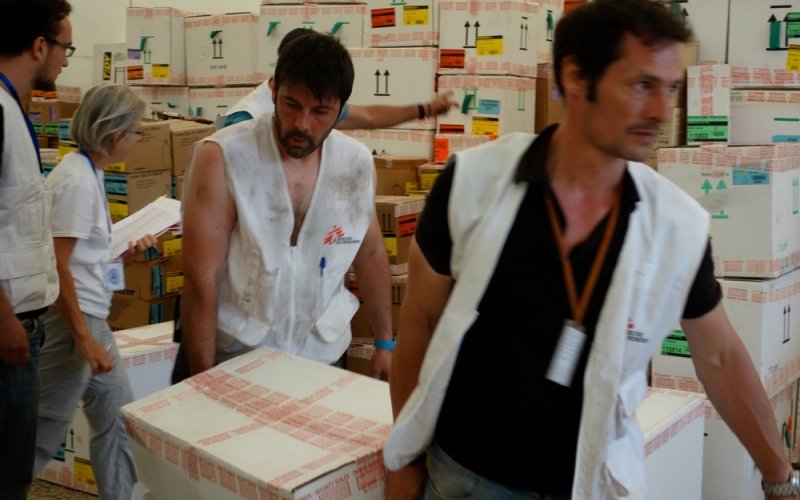
Logistics staff prepare stocks of medical materials for the mobile clinics. Photo: MSF
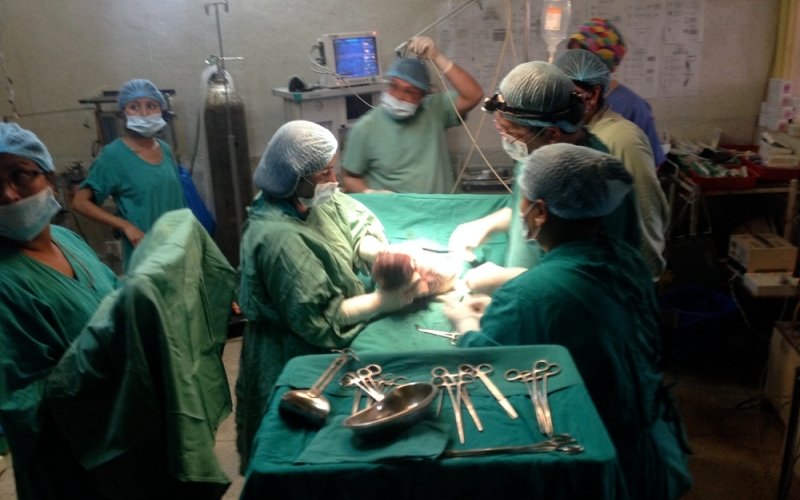
The newborn was cleaned and examined. Photo: MSF
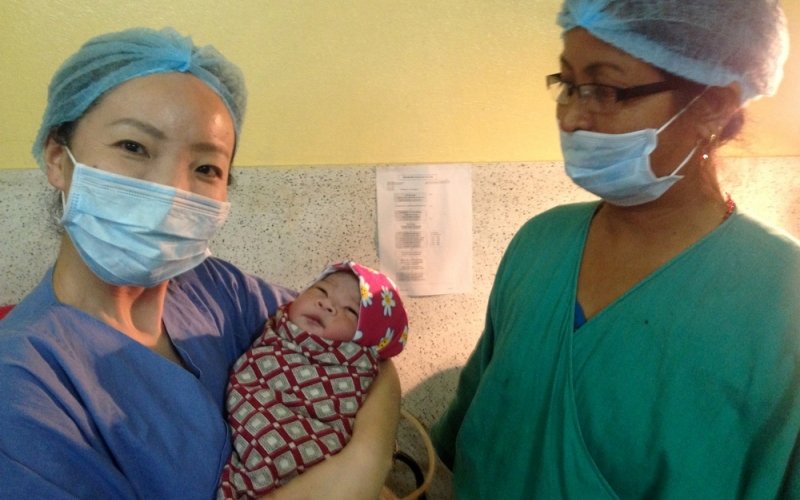
The MSF surgical team working in the areas of Bhaktapur and Store delivered their first baby on May 1. Photo: MSF
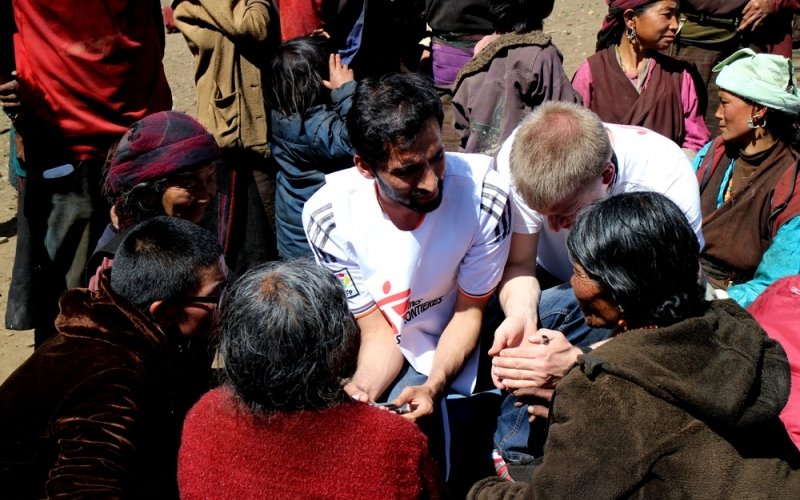
Health staff assess the medical needs. Photo: Corinne Baker/MSF

An MSF staff member climbs a mountain of rubble in a remote village where teams are providing medical care. Photo: Corinne Baker/MSF
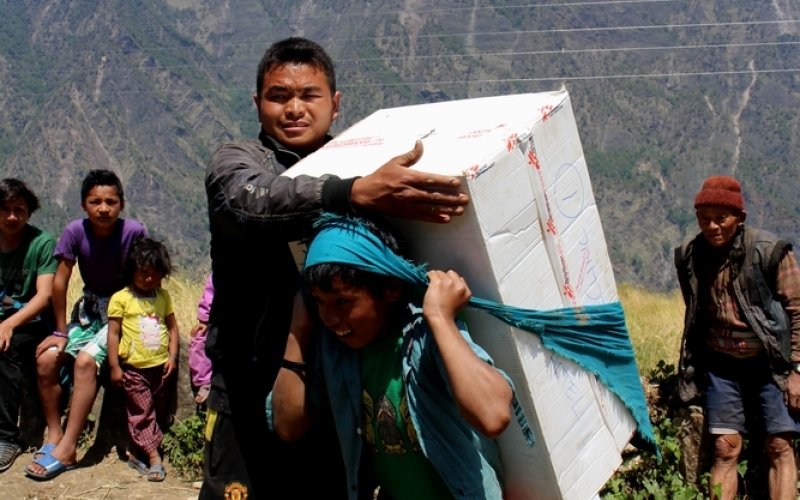
Little or no assistance had reached Dhading district before MSF arrived. The most critically injured people were evacuated in the days immediately after the earthquake, but those remaining have been trapped in their villages as roads and walking tracks have been cut off by avalanches and landslides. Photo: Jean Pletinckx/MSF
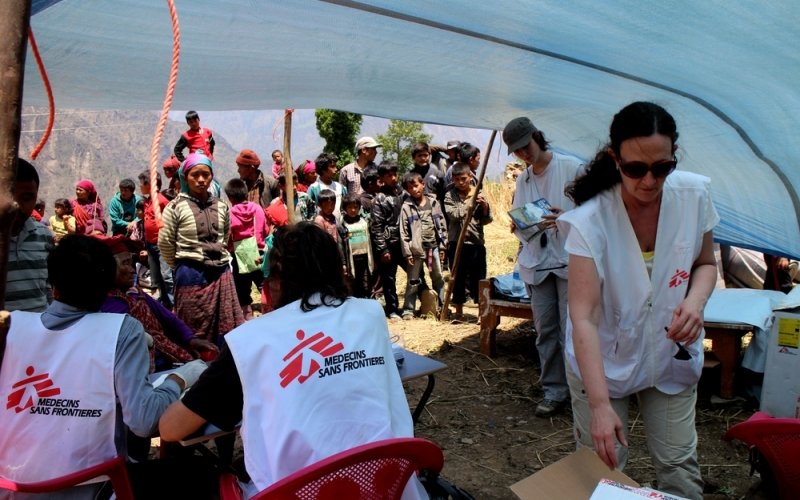
Medical staff are now treating people in need of basic health care and a number of people presenting with wounds sustained in the earthquake that have now become infected. The team will work to spread the word in the surrounding villages that people can now come to the clinic to receive care. Photo: Jean Pletinckx/MSF
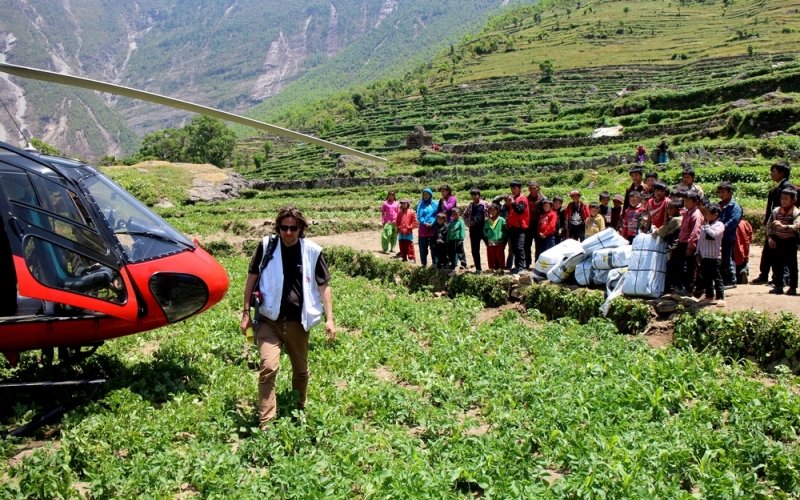
After performing a health and damage assessment, an MSF team set up a clinic in Dhading district, a heavily affected area in the mountains northwest of Kathmandu, which is only accessible by helicopter. Photo: Jean Pletinckx/MSF
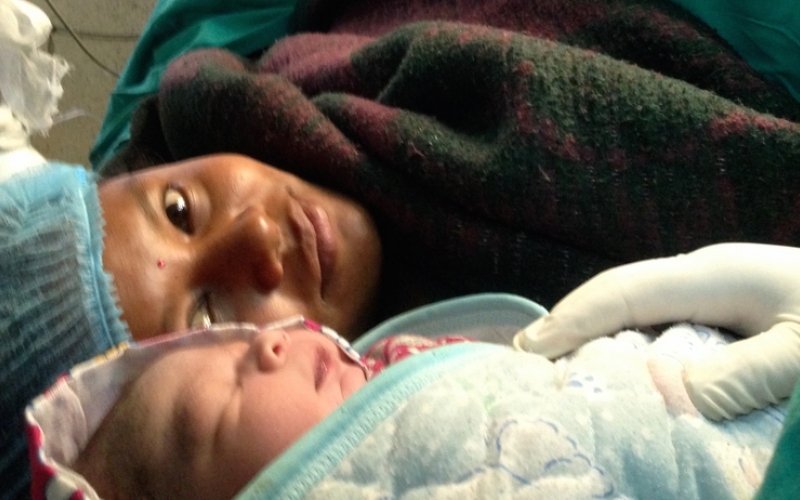
Mother and baby rest togther after a safe emergency delivery. Photo: MSF
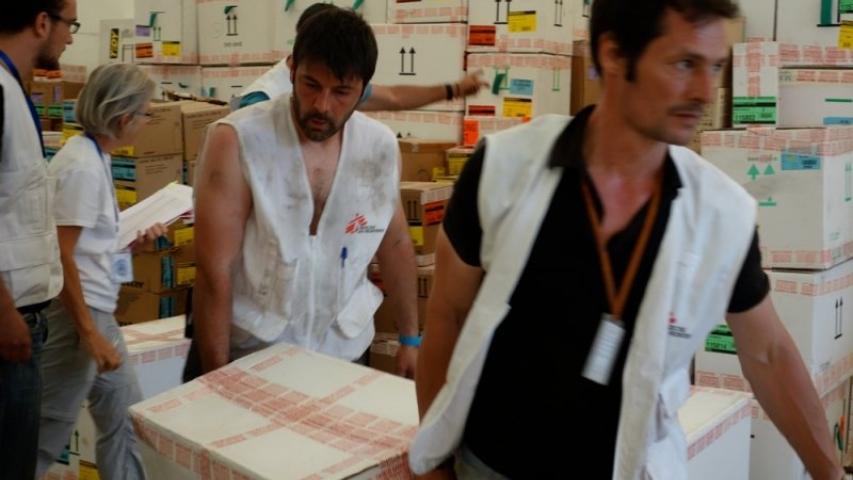
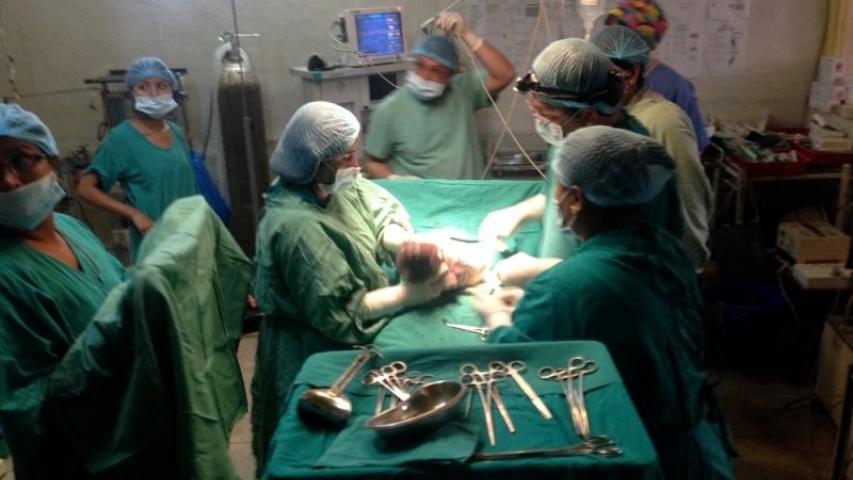
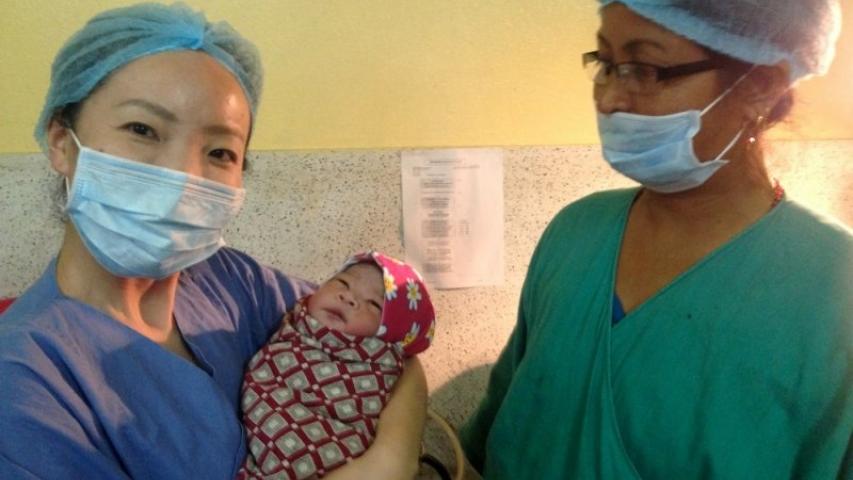

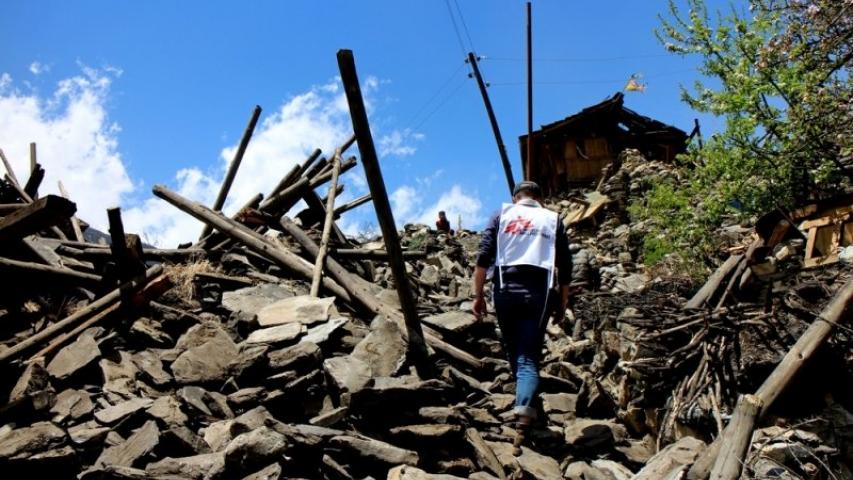
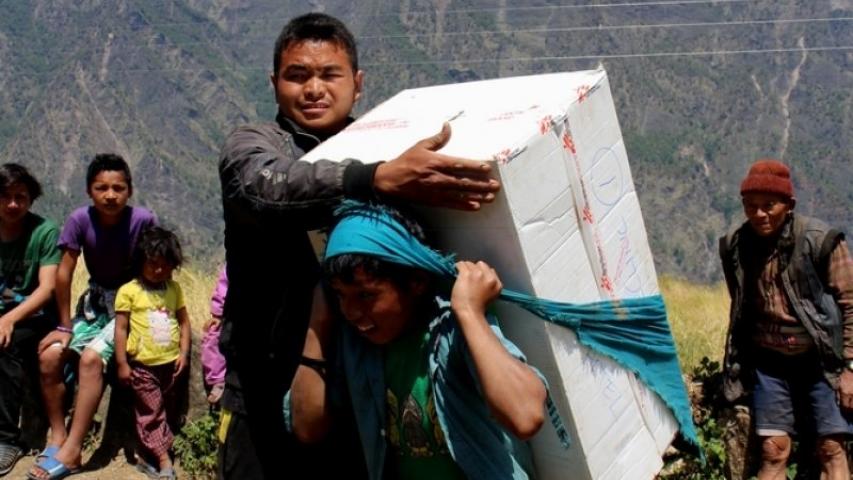
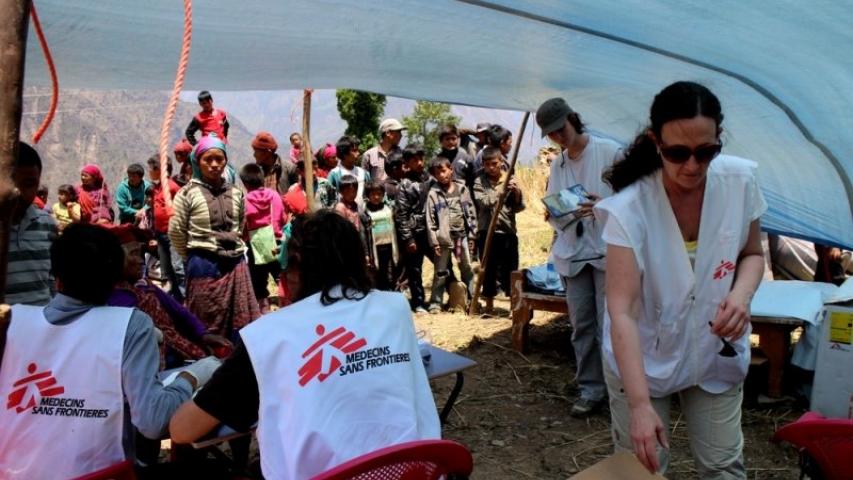
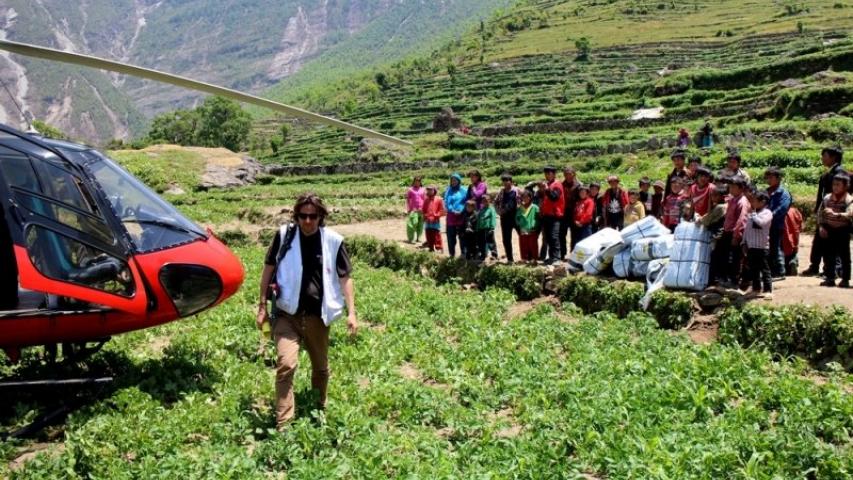

Doctors Without Borders (MSF) teams have begun running mobile medical clinics by helicopter to remote villages in the mountains to the north of Kathmandu.
Many villages have been completely or partially destroyed and people are living under makeshift shelters. The earthquake and subsequent avalanches have cut off access to many villages so people are stuck with no way out.